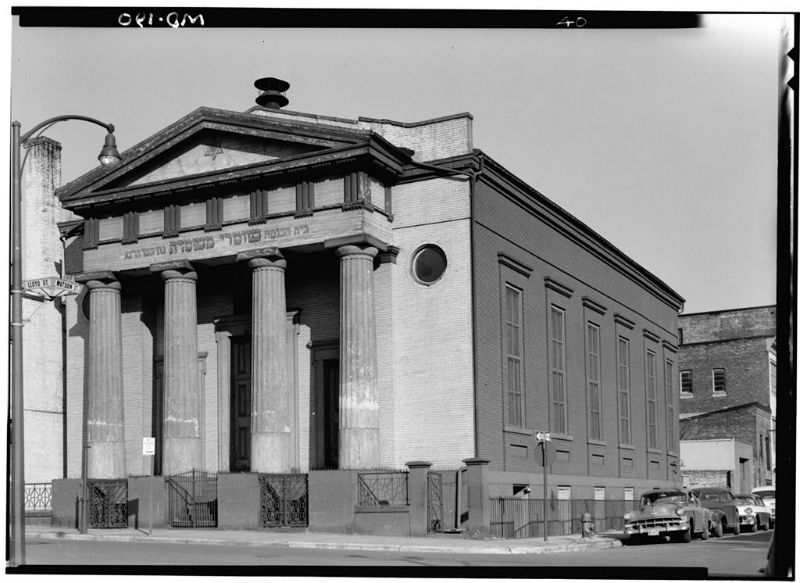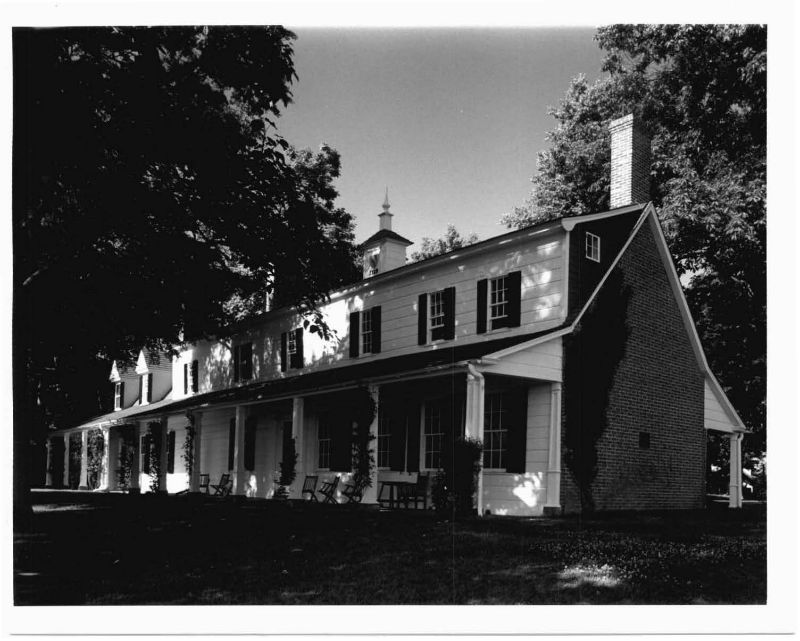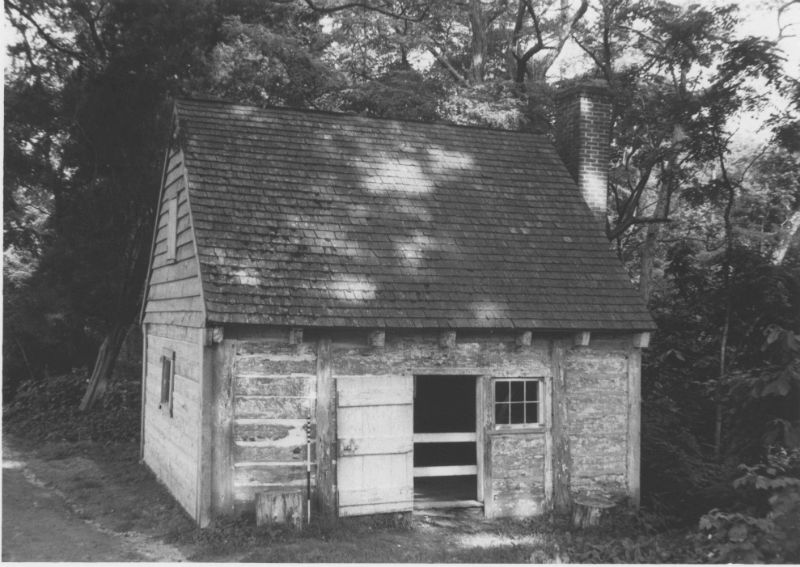May 18, 2017, marks the 40th anniversary of International Museum Day. Museums are imperative to preserving and interpreting cultural heritage and history, and this celebration of museums hopes to encourage education and understanding about what museums mean to our societies. In honor of this annual event, we’ve put together a diverse list of museums in Maryland.
Washington County Fine Arts Museum
Hagerstown, Washington County
After marrying in 1895, William H. Singer Jr. and Anna Brugh Singer spent their lives travelling the United States and Europe befriending artists and exploring the art world. William was an artist himself, and over their lifetime the couple amassed a large collection of Americn and European art. Anna had a deep fondness for her hometown of Hagerstown, and wanted to “endow the area’s residents with the cultural benefit of a Museum.” Thus, in 1931, the Washington County Museum of Fine Art was founded.
Over the years it underwent two major expansions, and the collection now consists of 19th and 20th century American art, such as works by Thomas Cole and Frederic Church, of the Hudson River School, as well as pieces by Robert Henri and George Luks, of the Ashcan School. Complementing this collection are a number of Old Masters, thirteen Rodin sculptures, and pieces of African and Asian art. In 1976 the museum was accredited by the American Association of Museums, and s now home to a collection of over 7,000 works of art.
Chesapeake Bay Maritime Museum
St Michael’s, Talbot County
As the maritime industries along the Chesapeake began to dwindle and the opening of the Bay Bridge ended the isolation of towns on the Eastern Shore, a group of interested and concerned eastern shore citizens met to discuss how to preserve the maritime history and culture of the area. With the help of the Historical Society of Talbot County, this group founded the Chesapeake Bay Maritime Museum, which opened its doors on May 22, 1965.
Between 1965 and 1971, the Museum purchased seafood packing houses and picking plants adjacent to the property, which were closing due to the faltering industry. With these buildings came the expansion of the Museum, which was much needed as artifacts from locals, including ship models, tools of watermen, and marine art, were flooding in. In 1966 and 1968, the Museum rescued and relocated two historic lighthouses, in which they continue to host Lighthouse Overnight programs. By the 1980s, the Museum had shifted its focus to acquiring and restoring historic vessels, and now maintains 10 boats aloft throughout the year.
Today the Museum consists of 18 acres, 12 exhibition buildings, and a 10,800 volume library, and hosts nearly 70,000 guests per year. It offers tours for adults, children, and students, alike, and features programs such as the Apprentice for a Day program, in which visitors can help build a wooden skiff. Throughout the season the museum hosts festivals including an antique boat festival and Watermen’s Appreciation Day.

The Lloyd Street Synagogue in Baltimore. Photo from the Library of Congress.
JEWISH MUSEUM OF MARYLAND
BALTIMORE CITY
For decades the Jonestown neighborhood of Baltimore was a center of Jewish life and immigrant communities in Maryland. Founded in 1845, the Lloyd Street Synagogue, the first synagogue building in Maryland, was a place of worship for Jews and Christians of the community. In 1958, the historic building was threatened with demolition and a neighborhood group came together to save the building and the Jewish Historical Society of Maryland was founded with the purpose of acquiring, renovating, and restoring the synagogue. Soon after, the group acquired the nearby B’nai Israel Synagogue, created an exhibit space, and established the Jewish Museum of Maryland in 1960.
The Museum’s mission is to preserve Jewish history and culture, and narrate the Jewish experience in America. Its collection features art, photographs, oral histories, rare books, ceremonial art and an extensive research archive. It is the only museum in the United States which includes two historic synagogues open to the public. Here, visitors can see a hand-carved Torah Ark, a mikvah (a Jewish ritual bath, most likely the oldest one in the US), and a matzah oven, among other significant Jewish artifacts.
National Cryptologic Museum
Fort Meade, Anne Arundel County
Opened in 1993, this National Cryptologic Museum was originally an archive which National Security Agency (NSA) employees could visit to see the progress of the field of cryptology over the years. It is still operated by the NSA and is the “first and only public museum in the intelligence community.” The Museum has acquired a large collection of artifacts related to United States cryptology dating back to the pre-Revolutionary era. Its exhibits include a history of American cryptology, a history of individuals who contributed to the field over the centuries, including George Washington and the Navajo code talkers, and exhibits on the role of women and African Americans in the field. Retired NSA officials lead tours of the museum, and visitors can even try out an enigma machine and research in the unclassified research library.
- Sotterley Plantation. Photo from the Maryland Historical Trust.
- Slave quarters on Sotterley Plantation. Photo from the Maryland Historical Trust.
Sotterley Plantation, Hollywood
St. Mary’s County
As the only Maryland tidewater plantation open to the public, Sotterley Plantation is a unique educational resource in St. Mary’s County. James Bowles, the son of a wealthy tobacco merchant, purchased the land in 1699. By 1703 he had constructed the first two rooms of the house, and a third, using post-in-ground construction by 1720. The large estate was home to his family and a number of slaves. The property changed hands a number of times over the century, and fell on hard times following the Civil War.
Herbert L. Satterlee purchased the home in 1910, and extensively renovated and restored it in the Colonial Revival style. His daughter, Mabel Satterlee Ingalls, opened Sotterley to the public as a non-profit in 1961. As of 2000, Sotterley is a National Historic Landmark, with the mission to “preserve, research, and interpret Sotterley plantation’s diverse cultures and environment and to serve as a public educational resource.” Each day the museum offers guided and self-guided plantation and garden tours, and hosts a number of events throughout the year.
This post was written by Maggie Pelta-Pauls, a Waxter Intern with Preservation Maryland. A graduate of The College of William and Mary, Maggie is primed to research and write about Maryland history – especially culinary history. Learn more about Maggie and our The Waxter Memorial Internship program here: presmd.org/waxter.


